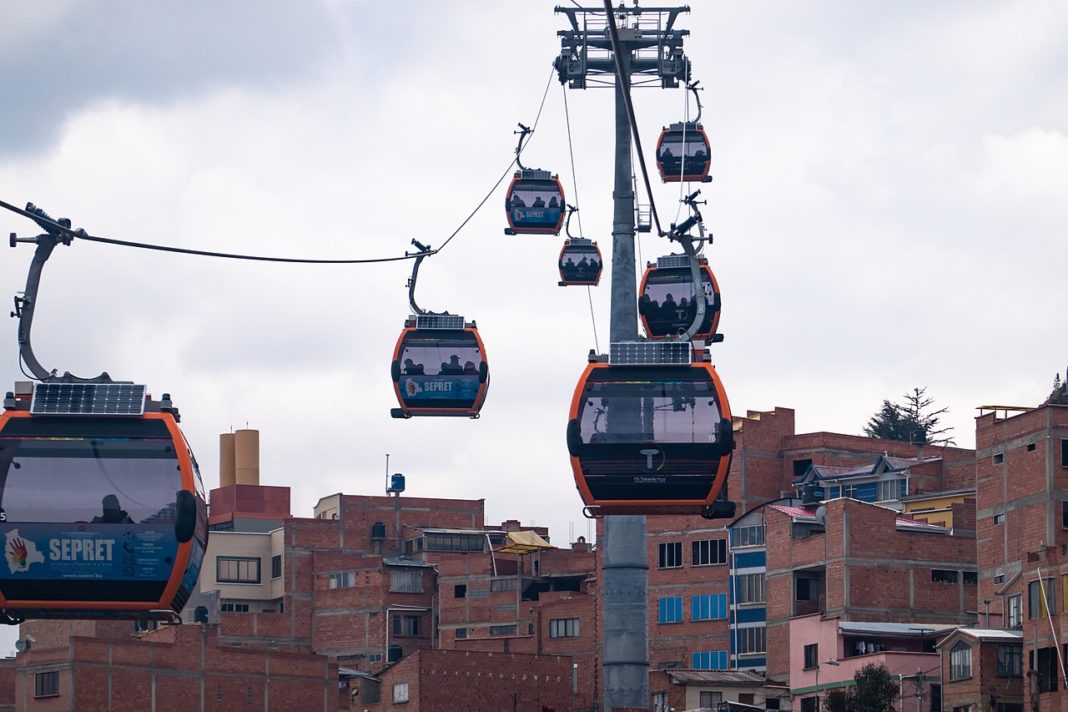Mi Teleférico, also known as Teleférico La Paz–El Alto (La Paz–El Alto Cable Car), is an aerial cable car urban transit system serving the La Paz–El Alto metropolitan area in Bolivia. As of October 2019, the system consists of 26 stations (36 if transfer stations are counted separately per line) along ten lines: Red, Yellow, Green, Blue, Orange, White, Sky Blue, Purple, Brown, and Silver. Further lines and extensions are in planning or construction.
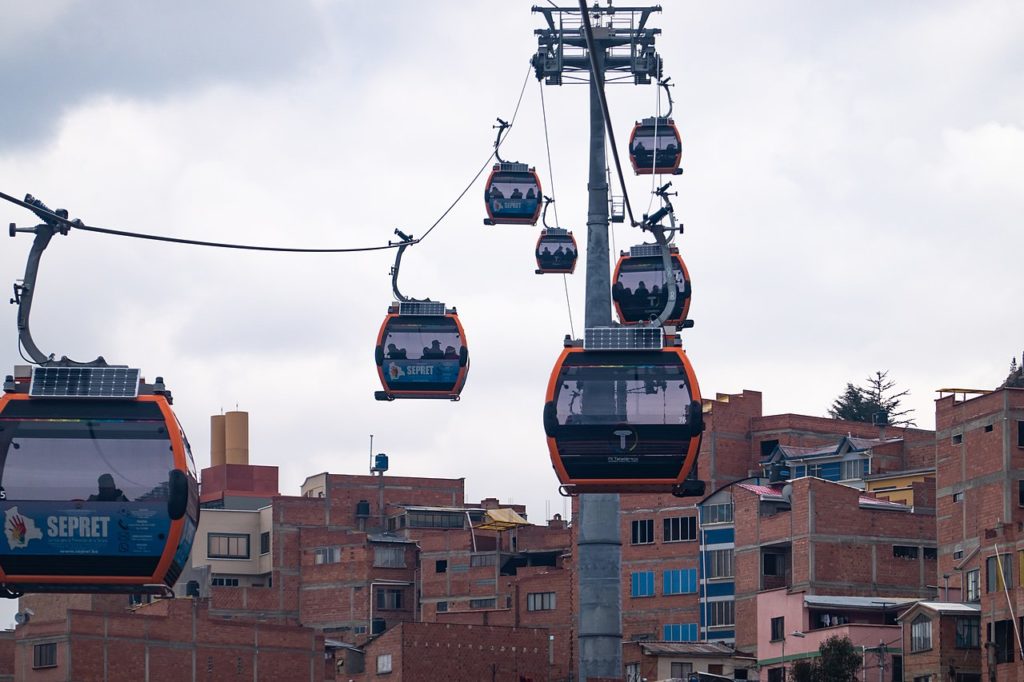
The construction of this cable car network began in 2012, with the first lines opening to the public on 30 May 2014. The system has more than 1,500 individual cable cars and a passenger capacity of 34,000 people per hour in each direction.
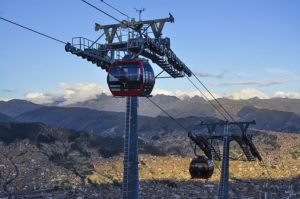
Mi Teleférico was planned in order to address a number of problems, including a precarious public transit system that could not cope with growing user demands, the high cost of time and money of traveling between La Paz and El Alto, chaotic traffic with its subsequent environmental and noise pollution, and growing demand for gasoline and diesel fuel, which are subsidized by the state. The Red, Yellow, and Purple lines connect the neighboring cities of La Paz and El Alto, which are separated by a steep slope about 400 m tall, and which were previously only connected by winding, congested roads.
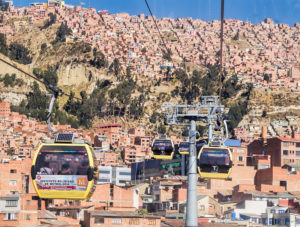
While other urban transit cable cars like Medellín’s Metrocable complement existing rapid transit systems, Mi Teleférico is the first system to use cable cars as the backbone of the urban transit network. In 2018, Mi Teleférico won a Latam Smart City Award in the category of “Sustainable urban development and mobility”.
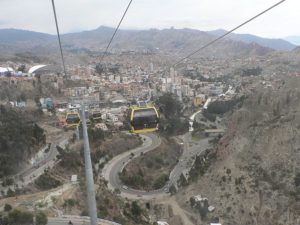
According to Wikipedia





